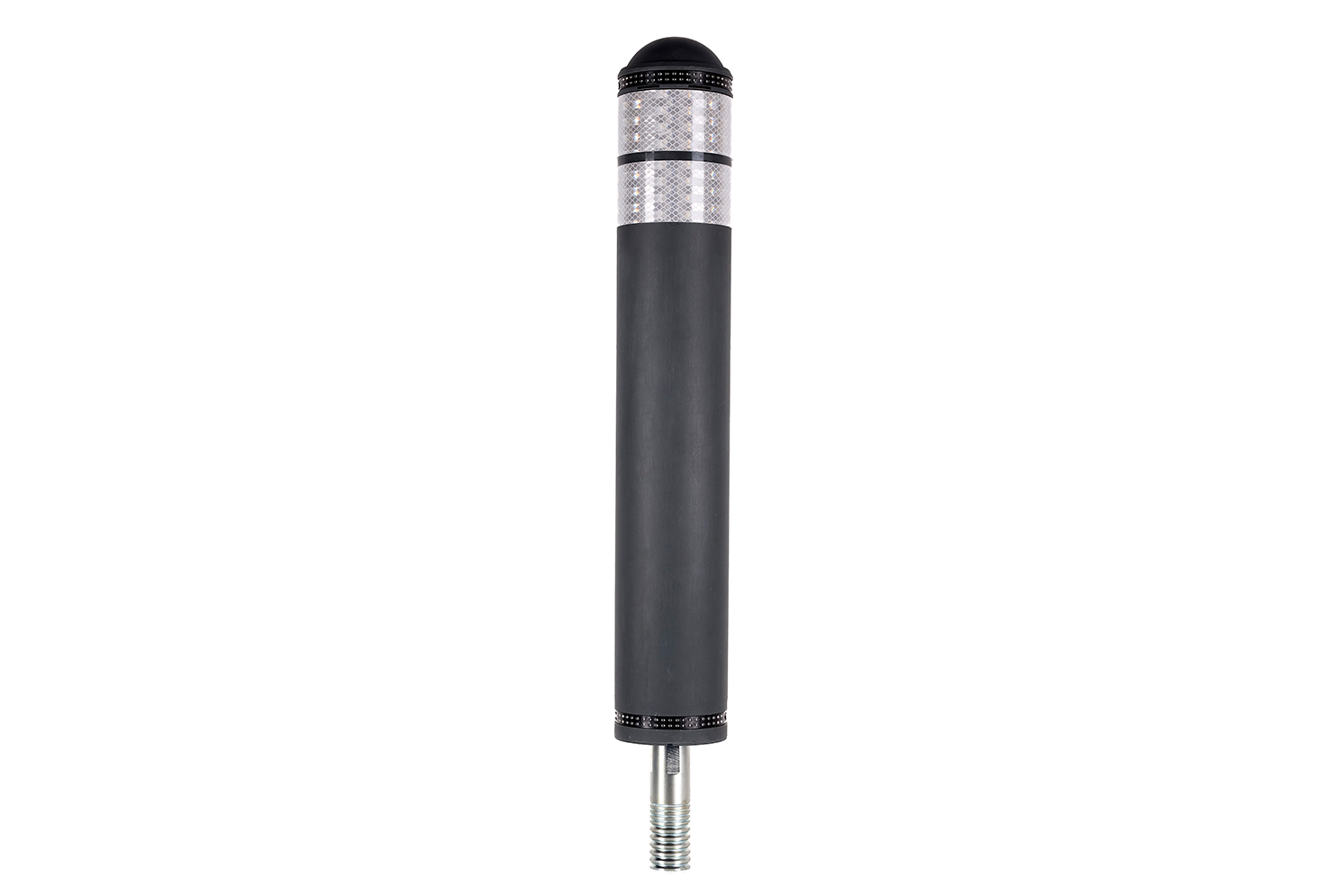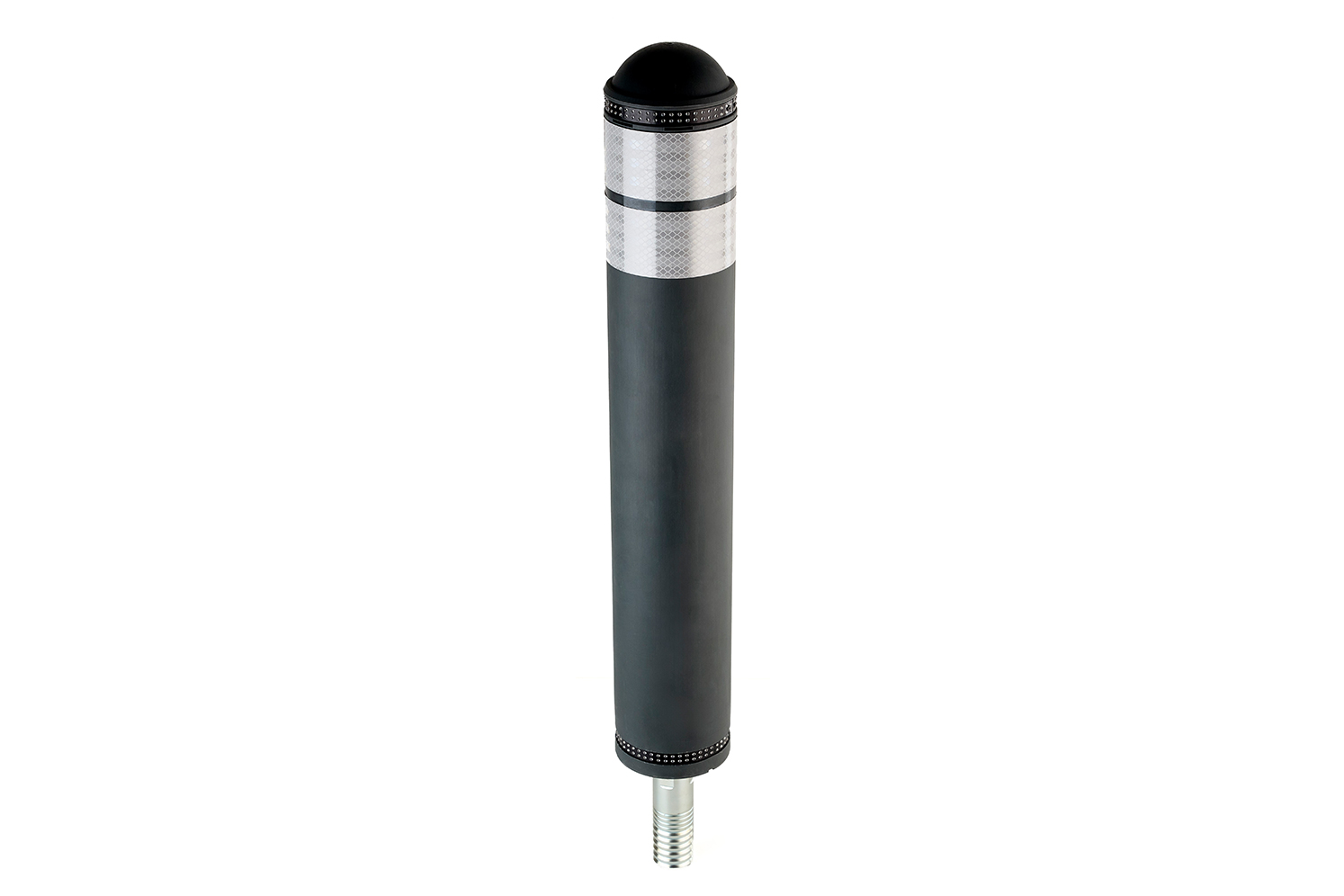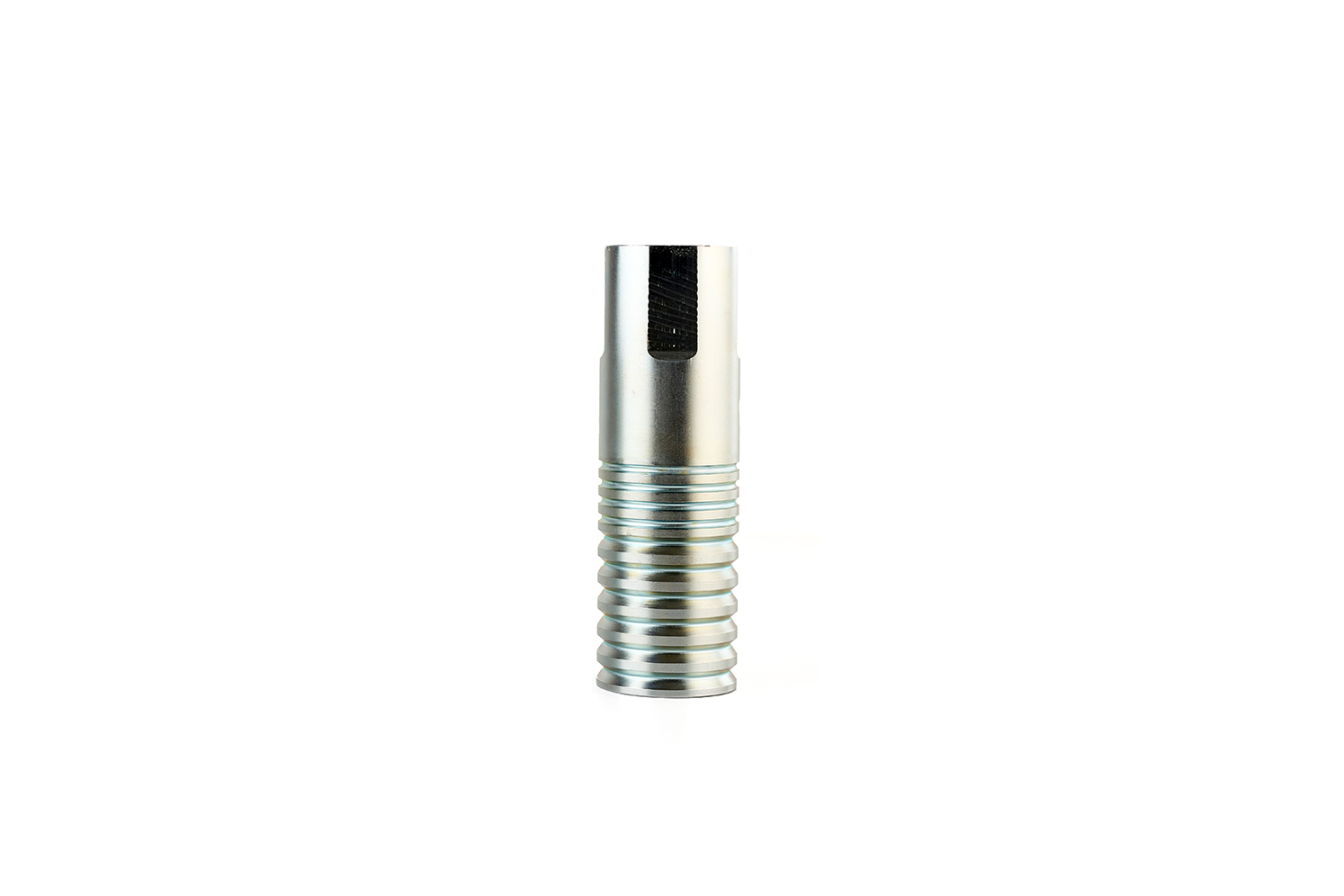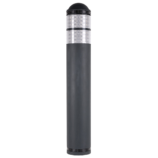ECO-CITY 130
Robust and durable self-righting bollard
An urban design bollard with a 130 mm diameter, designed to delineate public spaces and ensure the safety of users: pedestrians, cyclists, and motorcyclists.
Available in two heights: 810 mm (M) and 1010 mm (L).
Its flexible, self-righting structure is highly impact-resistant, with memory foam technology allowing it to return to its original shape after impact, thereby reducing maintenance costs.
Enhanced visibility with a retro-reflective system featuring two reflective films and two rings of glass beads positioned at the top and base of the bollard.
UV-resistant polyurethane, suitable for saline environments, ensuring optimal durability.
Customisation options available to suit specific site requirements.
Anchoring base tailored to the type of support and site constraints—contact us for more details.
Applications
Certifications
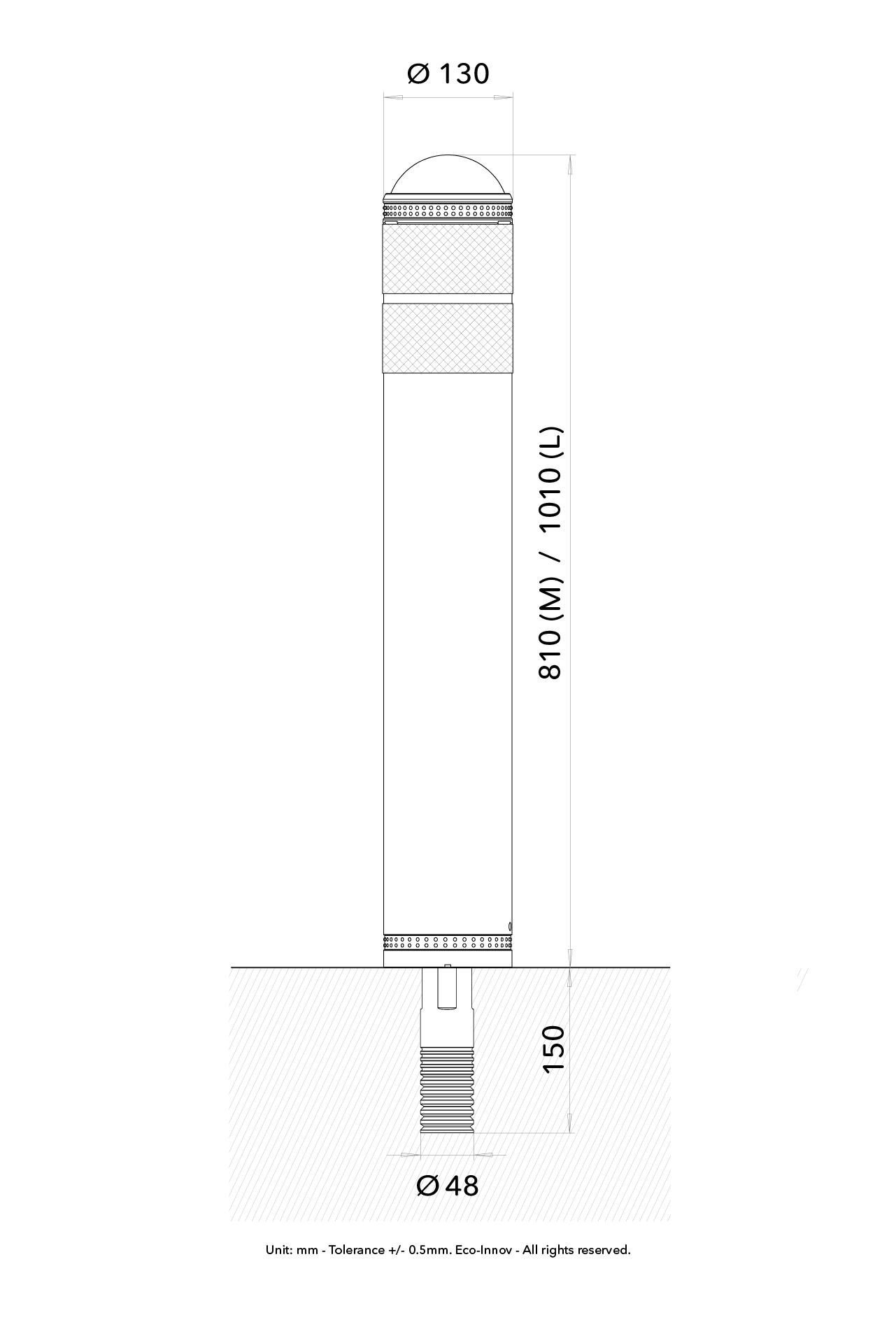
TECHNICAL SPECIFICATIONS
Description
Flexible bollard with shape memory structure that automatically springs back into its original shape after an impact, without damaging the seal.
Protects users, particularly 2-wheelers, from head impacts compared to a steel post.
Dimensions
Diameter: 130 mm.
Height above ground: 810 mm (M) / 1010 mm (L).
Weight: 3,350 kg.
Aluminium anchoring foot: diameter 48 mm x height 150 mm.
Bollard colour
Anthracite grey (RAL 7016).
Custom RAL available based on quantity.
Reflective elements
2 white reflective strips.
Reflective glass beads for additional signage.
Other configurations on request.
Installation instructions
Core drill 60 mm in diameter x 160 mm deep minimum. Sealed with SIKADUR 30 or SIKADUR 42 epoxy adhesive.
Maintenance
Post screwed into its anchoring foot.
Simple temporary replacement or removal.
Applications
Multi-modal meeting zones, demarcation of cycle paths, pedestrian walkways, etc.
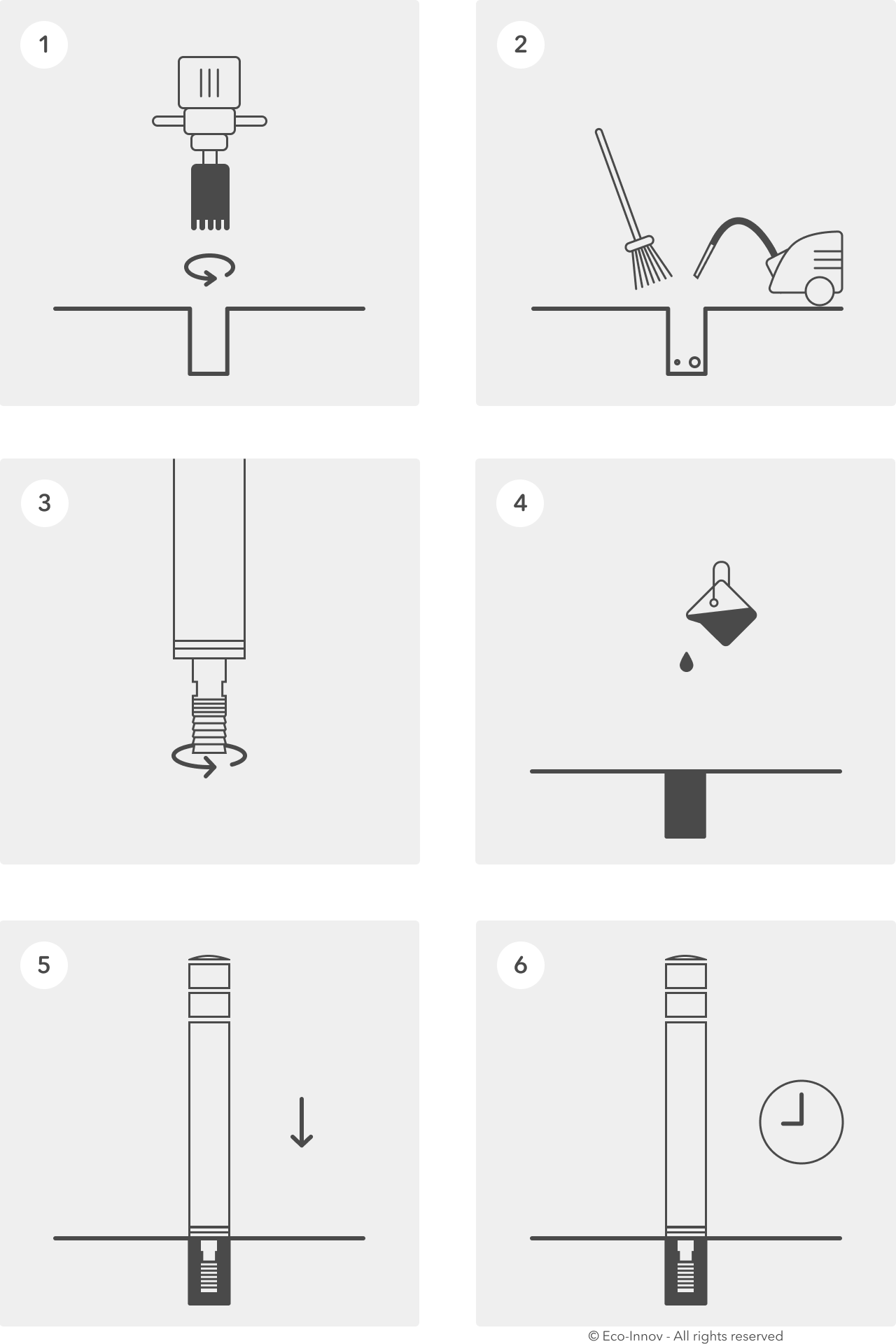
1. After spotting the bollards location, drill a hole 60 mm in diameter and 160 mm deep.
2. Carefully brush and clean the hole to remove any dust and traces of damp that would affect the efficiency of the adhesive.
3. Screw the anchor foot firmly under the post.
4. Pour the appropriate bonding adhesive into the hole about 2/3 of the way down. To assess the correct quantity of adhesive, make sure that it extends all the way to the bottom of the post without creating any extra thickness. We recommend using SIKADUR 30 or SIKADUR 42 two-component epoxy adhesive.
5. Insert the bollard into the hole filled with adhesive.
6. Allow the adhesive to dry before applying any mechanical stress and before re-establishing traffic (refer to the adhesive’s instructions for use).
_
Failure to follow these instructions may invalidate the warranty.
